Vrikshasana, also known as Tree Pose, is a standing yoga pose that mimics the strength and stability of a tree. It is a versatile pose that can be practiced by beginners and experienced yogis alike. Vrikshasana offers a range of benefits, including improved balance, coordination, and flexibility. It also helps to strengthen the legs, core, and back muscles.
This article will provide a step-by-step guide on how to do Vrikshasana, as well as tips for beginners and variations of the pose. We will also discuss the benefits of Vrikshasana and how it can help to improve your physical and mental well-being.
Preparation for Vrikshasana
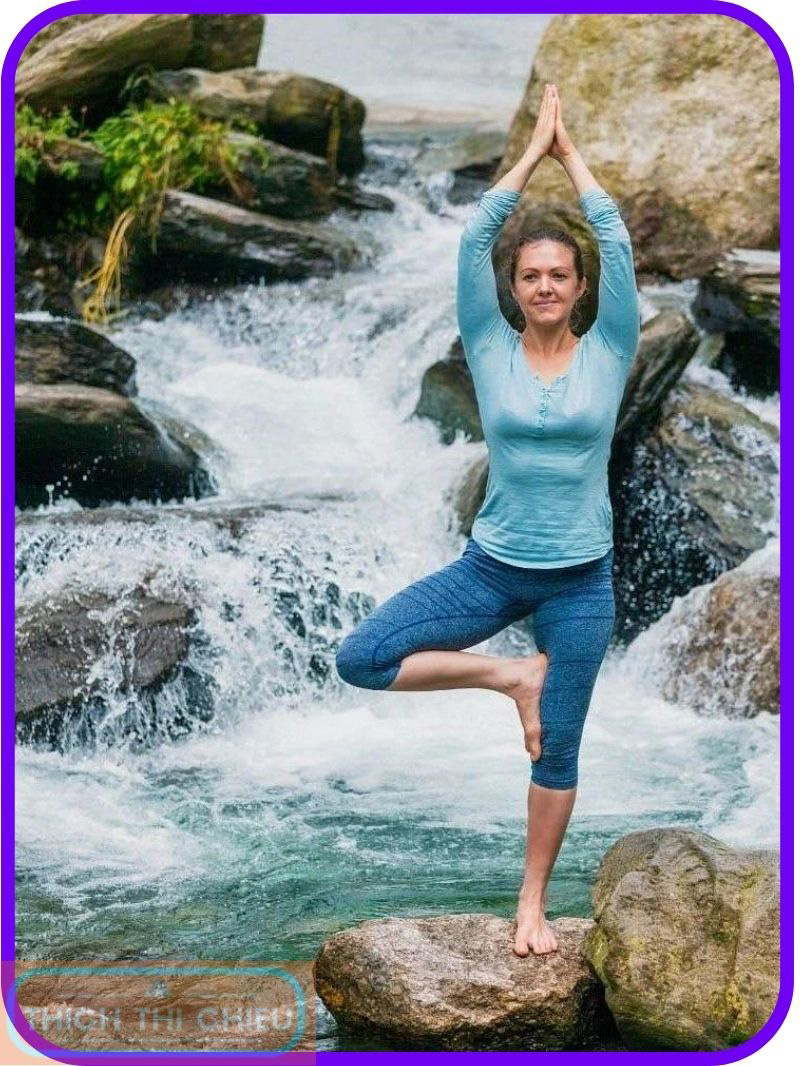
The Significance of Warming Up
Warming up your body before yoga is essential for several reasons:
- Increased Muscle Temperature: Warm-up exercises elevate your body temperature, making your muscles more supple and pliable. This reduced muscle stiffness helps to minimize the risk of strains and tears during Vrikshasana.
- Enhanced Blood Flow: As you warm up, blood circulation increases, delivering oxygen and nutrients to your muscles. This improved blood flow enhances muscle performance and reduces fatigue during the pose.
- Improved Mental Preparation: Warming up helps to prepare your mind for the physical demands of the pose. It allows you to focus and concentrate on the movements, setting the stage for a more mindful practice.
A Simple Warm-up Routine for Vrikshasana
To prepare effectively for Vrikshasana, consider incorporating these gentle warm-up exercises into your routine:
Surya Namaskar (Sun Salutations)
Sun Salutations are a series of dynamic movements that effectively warm up the major muscle groups of the body, including your legs, core, and back.
Gentle Twists
Twists help to loosen your spine and improve flexibility in your torso, which is crucial for maintaining proper alignment in Vrikshasana.
Bends
Bends, such as forward folds and side bends, increase flexibility in your hamstrings, glutes, and back muscles, making it easier to hold Vrikshasana with proper form.
Finding a Suitable Practice Space
Once you’re warmed up, find a quiet and undisturbed space where you can practice Vrikshasana without distractions. A calm and serene environment will allow you to focus on your body and breath, enhancing your practice experience.
Establishing a Stable Foundation
Stand with your feet hip-width apart and your toes pointing forward. Ground your feet firmly into the floor, engaging your core muscles to maintain a stable base of support. This strong foundation will provide the necessary balance for Vrikshasana.
Step-by-Step Guide to Vrikshasana
Stand with your feet hip-width apart and your toes pointing forward
Ground your feet firmly into the floor, engaging your core muscles to maintain a strong and stable foundation.
Shift your weight onto your left foot and lift your right foot off the ground
Maintaining a straight posture, gently lift your right foot off the floor, keeping your right leg extended.
Bend your right knee and place the sole of your right foot on the inside of your left thigh
Find a comfortable position for your right foot, placing it as high up on your inner thigh as you can without straining your hips.
Gently press your palms together in front of your chest
Bring your palms together in front of your chest in prayer position. If desired, you can also extend your arms overhead, palms facing each other.
Extend your spine and elongate your neck
Lengthen your spine, drawing your shoulders back and down. Elongate your neck, maintaining a neutral position with your head aligned with your spine.
Gaze softly at a point in front of you
Fix your gaze on a point in front of you, focusing on a specific object or spot on the floor. This will help you maintain balance and stability in the pose.
Hold the pose for 5-10 breaths
Maintain Vrikshasana for 5-10 breaths, gradually increasing the duration as you become more comfortable with the pose. Focus on deep and controlled breathing throughout the entire pose.
To release the pose, slowly lower your right foot to the floor and repeat on the other side
Gently lower your right foot back to the floor, returning to a standing position with your feet hip-width apart. Repeat the pose on the other side, starting with shifting your weight to your right foot.
Exploring the Variations of Vrikshasana
Bound Tree Pose
In Bound Tree Pose, your hands are bound behind your back, adding an additional layer of challenge to maintaining balance. This variation requires increased focus and proprioception, the body’s awareness of its position and movement in space.
Instructions:
- Begin in the standard Vrikshasana position, with your right foot placed on the inside of your left thigh.
- Bring your palms together behind your back, intertwining your fingers.
- Maintain a straight spine and elongate your neck.
- Focus on your breath and hold the pose for 5-10 breaths.
Benefits:
- Enhances balance and stability
- Strengthens the core muscles
- Improves proprioception
Extended Tree Pose
Extended Tree Pose adds a vertical dimension to Vrikshasana, encouraging a sense of expansion and growth. By extending your arms overhead, you challenge your balance and strengthen your upper body muscles.
Instructions:
- From the standard Vrikshasana position, extend your arms overhead, palms facing each other.
- Keep your spine straight and your core engaged.
- Gaze at a point in front of you for focus.
- Hold the pose for 5-10 breaths.
Benefits:
- Increases flexibility in the spine, shoulders, and arms
- Strengthens the upper body muscles
- Promotes a sense of openness and expansiveness
Garland Pose (Malasana)
Garland Pose (Malasana), also known as Squat Pose, incorporates a deeper stretch into the hips and inner thighs. By wrapping your arms around your legs, you also engage your core and lower body muscles.
Instructions:
- From the standard Vrikshasana position, gently lower your hips into a squat, keeping your spine straight.
- Wrap your arms around your legs, elbows resting on your inner thighs.
- Maintain a slight forward bend in your torso.
- Hold the pose for 5-10 breaths.
Benefits:
- Deepens the stretch in the hips and inner thighs
- Strengthens the core and lower body muscles
- Improves posture and alignment
Eagle Pose (Garudasana)
Eagle Pose (Garudasana) introduces a twist to Vrikshasana, challenging your coordination and balance. By crossing your arms in front of you, you engage your shoulders, arms, and core muscles.
Instructions:
- Begin in the standard Vrikshasana position.
- Cross your right arm over your left, bringing your elbows together.
- Bend your elbows and wrap your right forearm around your left upper arm, resting your right hand on the back of your left hand.
- Gaze at a point in front of you for focus.
- Hold the pose for 5-10 breaths.
Benefits:
- Enhances coordination and balance
- Improves flexibility in the shoulders, arms, and spine
- Strengthens the core muscles
Tips for Beginners
Addressing Balance Challenges
If you find it difficult to balance on one leg, utilizing a wall for support can be extremely helpful. Position yourself close to a wall, approximately one arm’s length away. As you attempt to balance, gently touch the wall with your fingertips for stability. Gradually reduce your reliance on the wall as your balance improves.
Accommodating Tight Hips
Tight hips can restrict your ability to place your right foot high up on your left thigh. If you experience this tightness, don’t force your foot into an uncomfortable position. Instead, place your foot lower on your thigh, adjusting the placement until you find a comfortable and stable position.
Modifying for Knee or Ankle Pain
If you experience any pain in your knees or ankles, it’s important to modify the pose to avoid further injury. Instead of standing on one leg, maintain a standing position with your feet hip-width apart. Gently bend your knees and allow your arms to hang relaxed by your sides. This modified version still offers the benefits of grounding and stability without putting strain on your knees or ankles.
Unlocking the Benefits of Vrikshasana
Improved Balance and Coordination
Vrikshasana challenges your balance, requiring you to maintain equilibrium while standing on one leg. This practice enhances your proprioception, the body’s awareness of its position and movement, leading to improved balance and coordination in everyday life.
Strengthened Legs, Core, and Back Muscles
As you hold Vrikshasana, your leg muscles engage, particularly in the quads, hamstrings, and adductors. Additionally, your core muscles activate, providing stability and support to your spine.
Increased Flexibility
Vrikshasana gently stretches the hips, groin, and inner thighs, improving flexibility and range of motion in these areas.
Improved Posture
Vrikshasana promotes better posture by strengthening the core and back muscles, leading to a more aligned and upright stance.
Stimulated Digestive System
The gentle compression and massage of the abdominal organs in Vrikshasana can stimulate digestion and improve bowel movements.
Relief from Sciatica
The stretching of the piriformis muscle, often associated with sciatic pain, can provide relief from sciatica symptoms.
Calmed Mind and Reduced Stress
The deep breathing and focus associated with Vrikshasana activate the parasympathetic nervous system, responsible for relaxation and stress reduction. This can help alleviate anxiety and promote a sense of inner peace.
Increased Focus and Concentration
The concentration required to maintain Vrikshasana cultivates mental clarity and focus. It draws your attention away from distractions, promoting a sense of mindfulness.
Promoted Sense of Peace and Well-being
The overall benefits of Vrikshasana, including improved physical health, reduced stress, and enhanced mental clarity, contribute to a greater sense of peace and well-being.
Vrikshasana is a beautiful and beneficial yoga pose that can be enjoyed by individuals of all levels of experience. With regular practice, you will reap the many benefits of this pose, both physical and mental. Hopefully, the above article of TTC has provided you with useful information. If you have any questions or concerns, please leave a comment below.
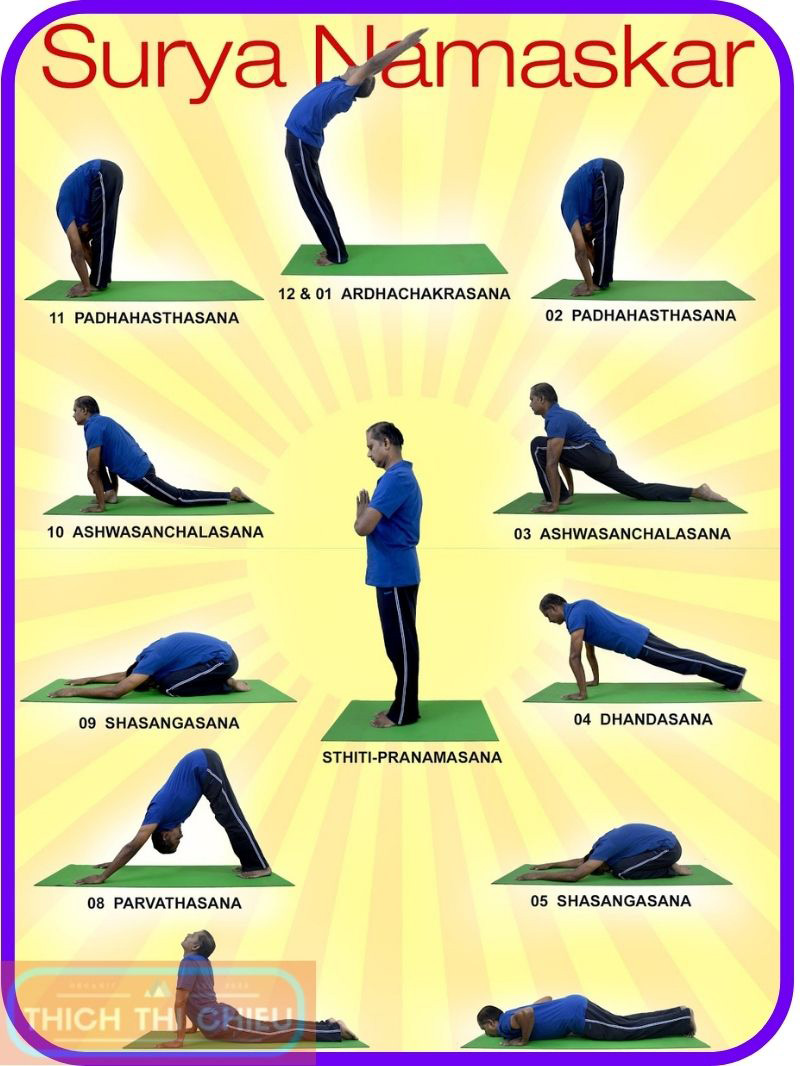
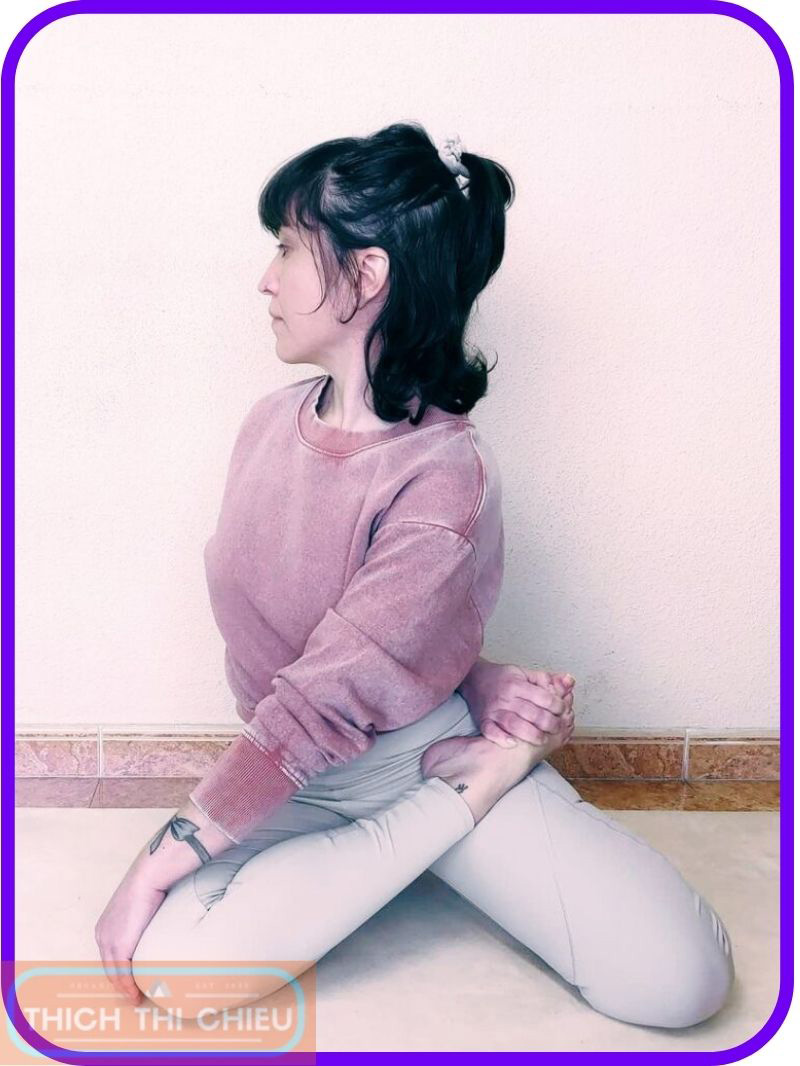
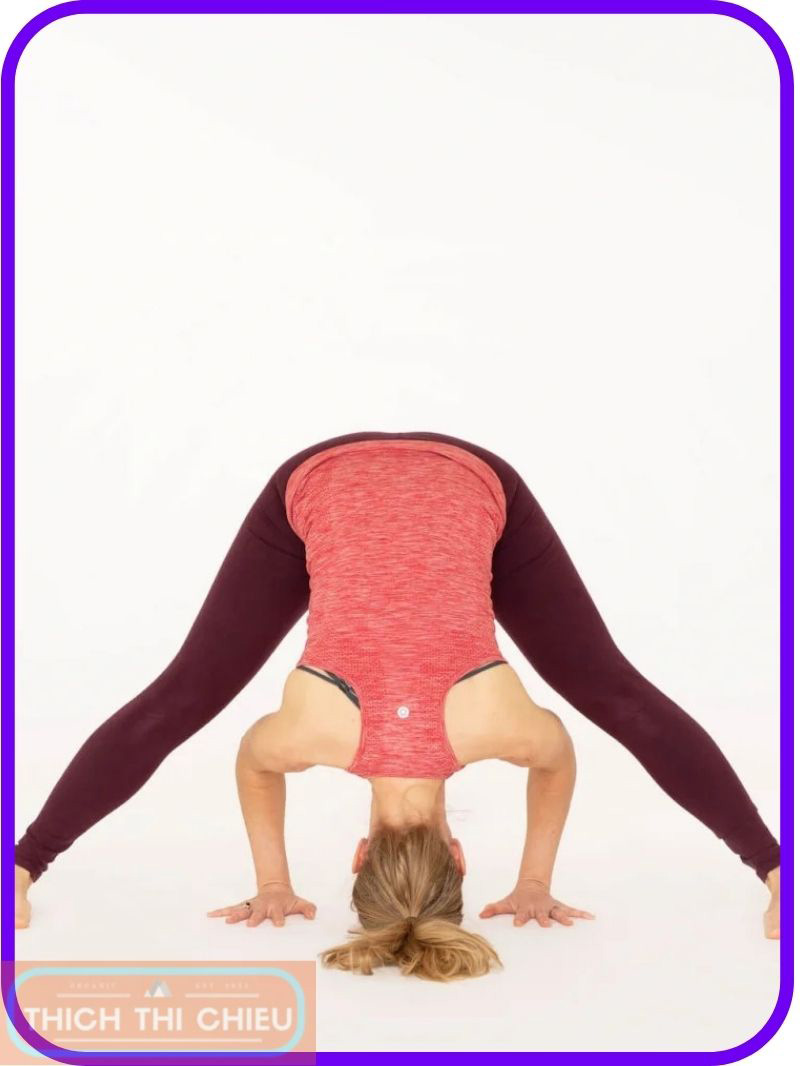
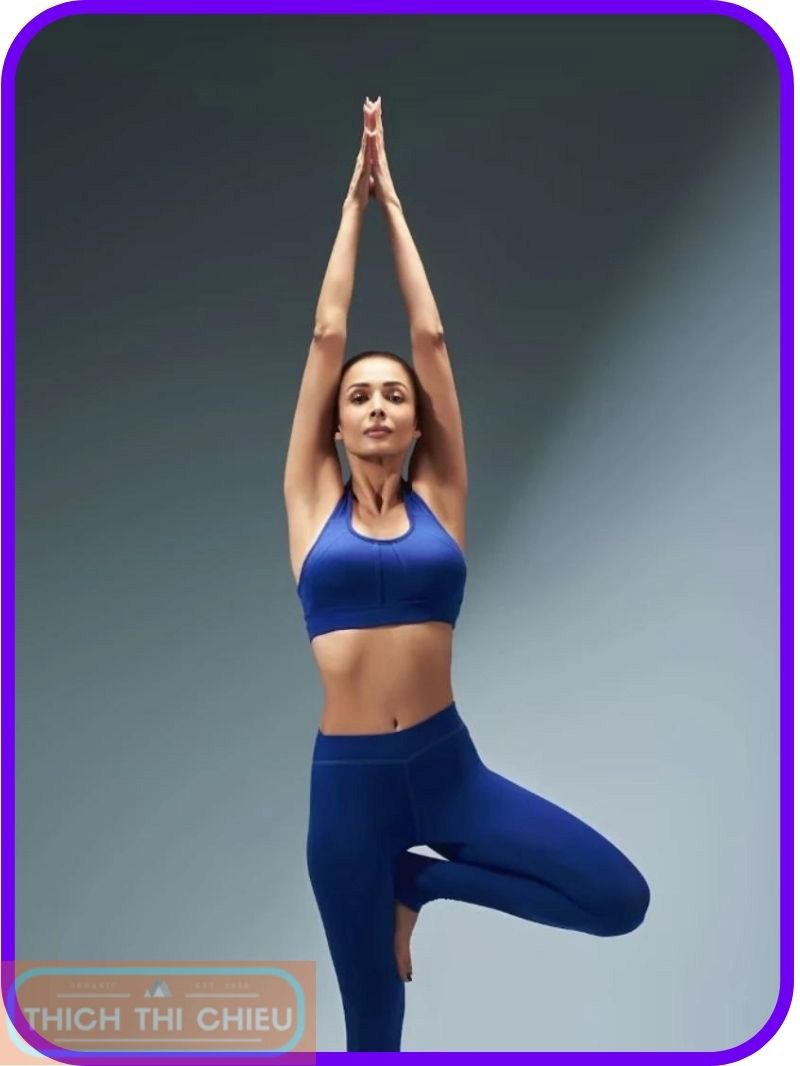
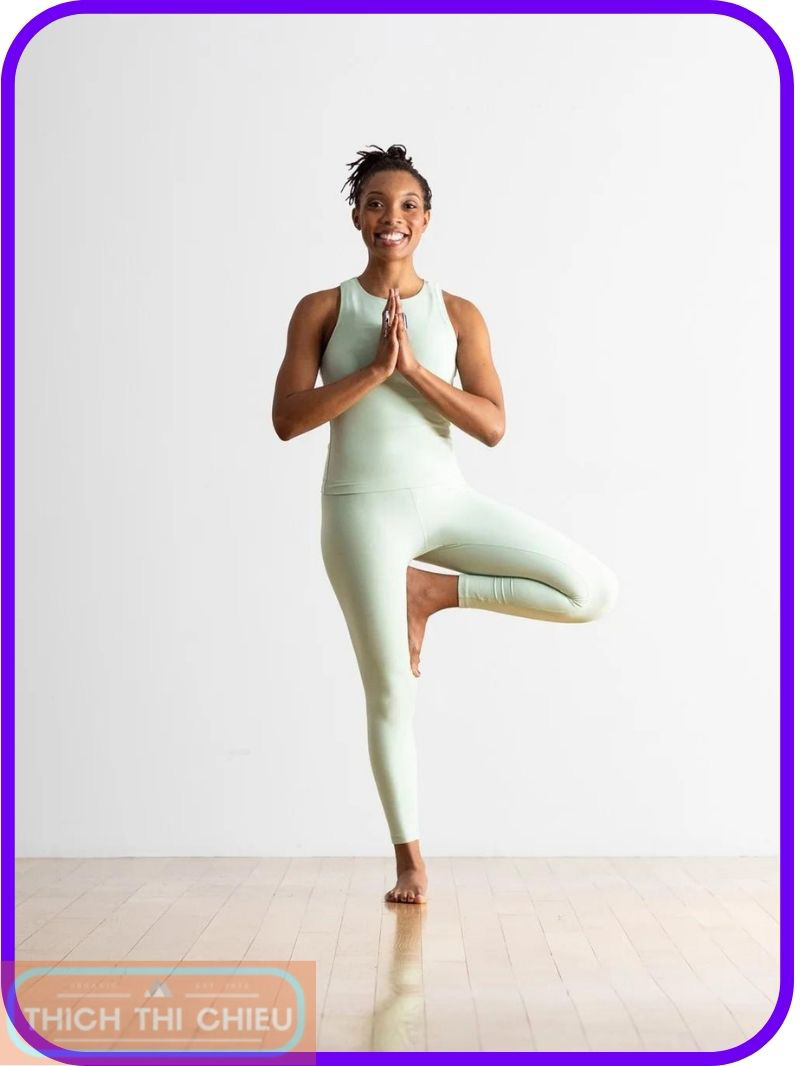
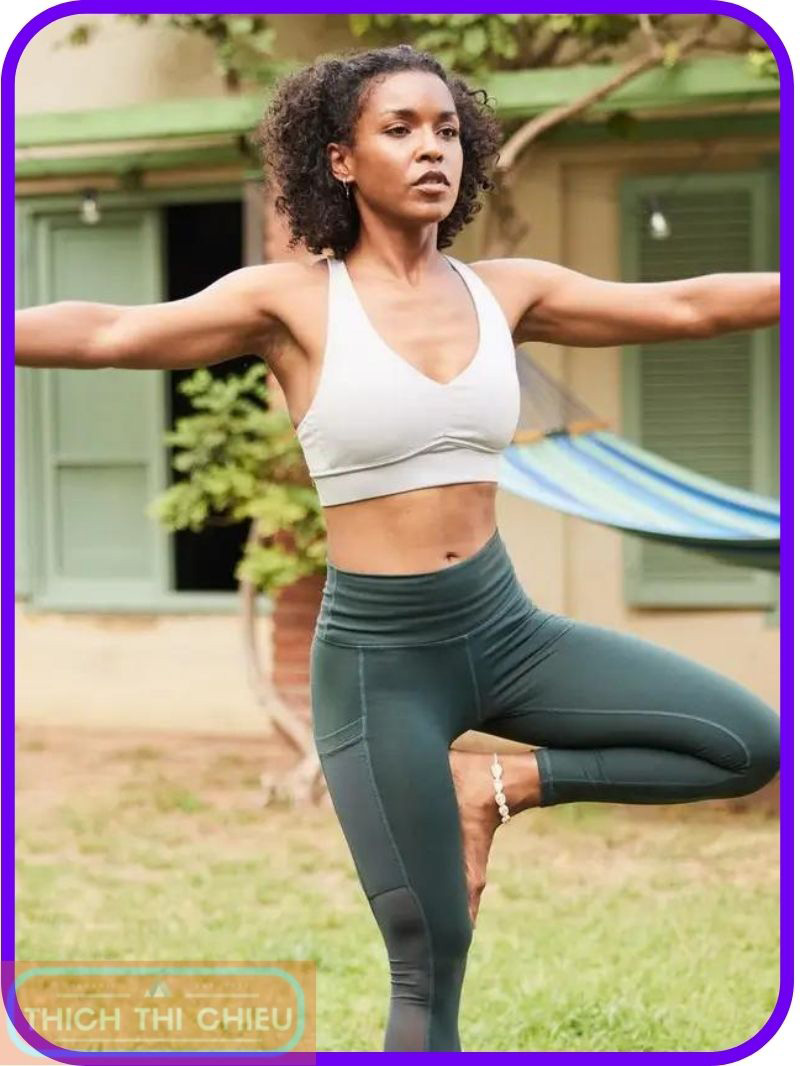
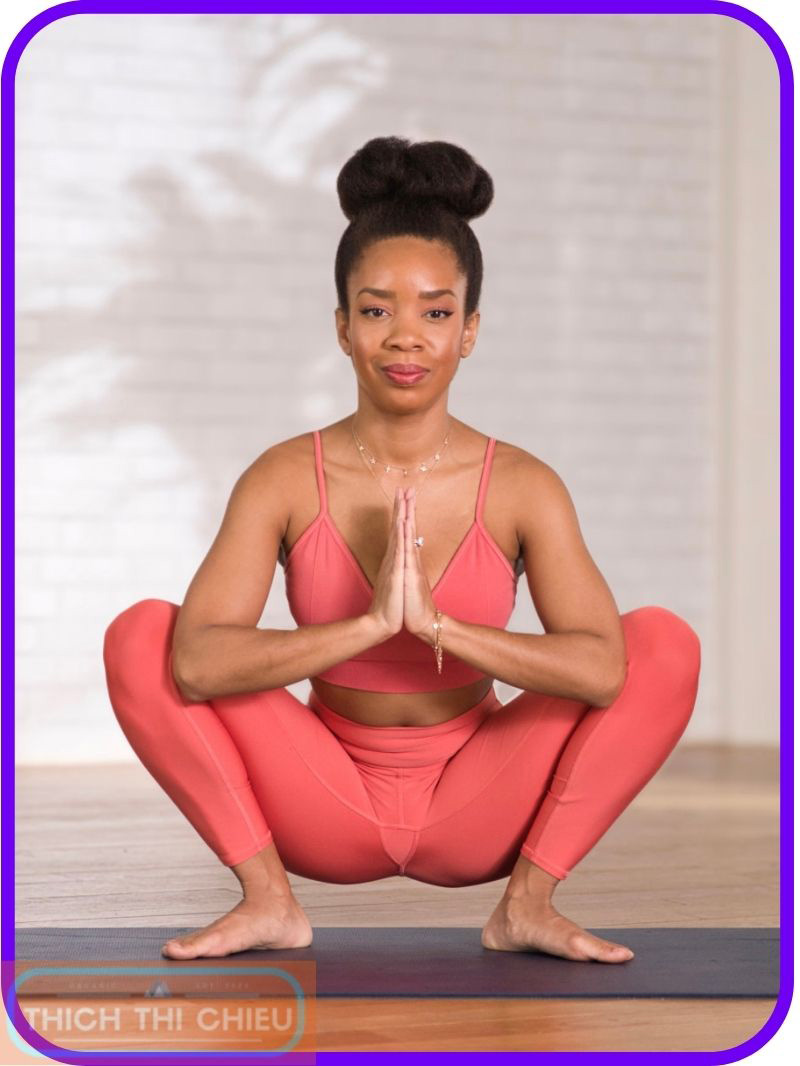
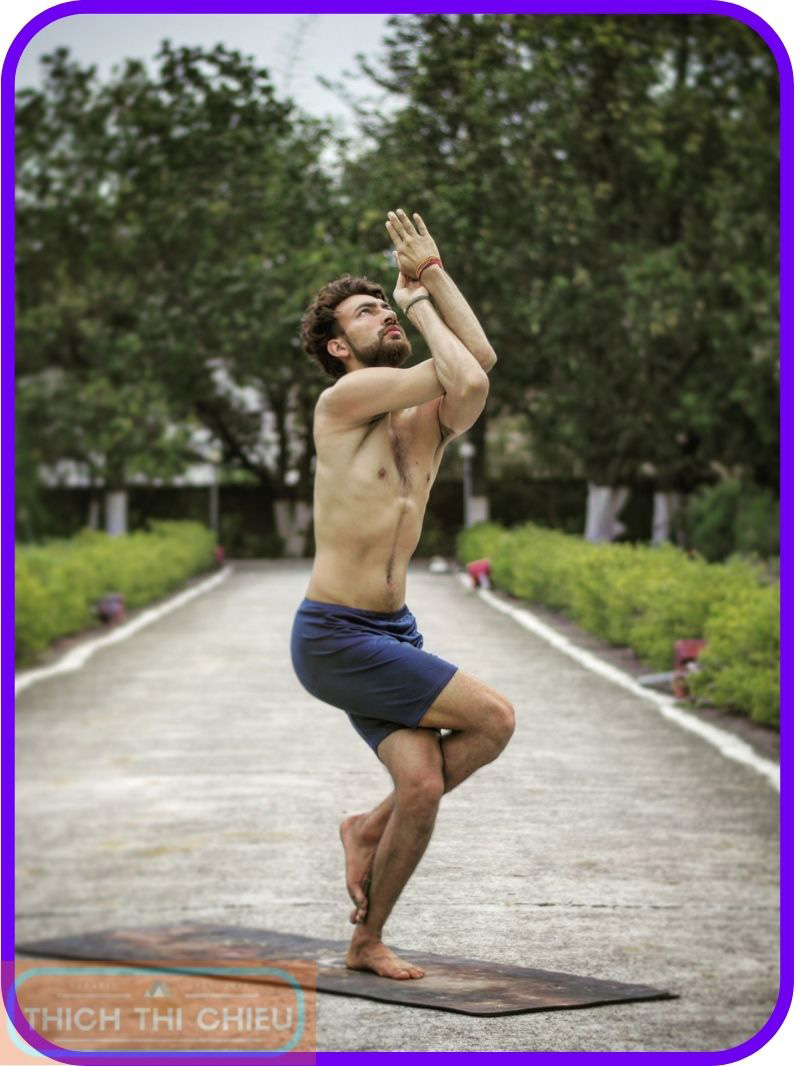
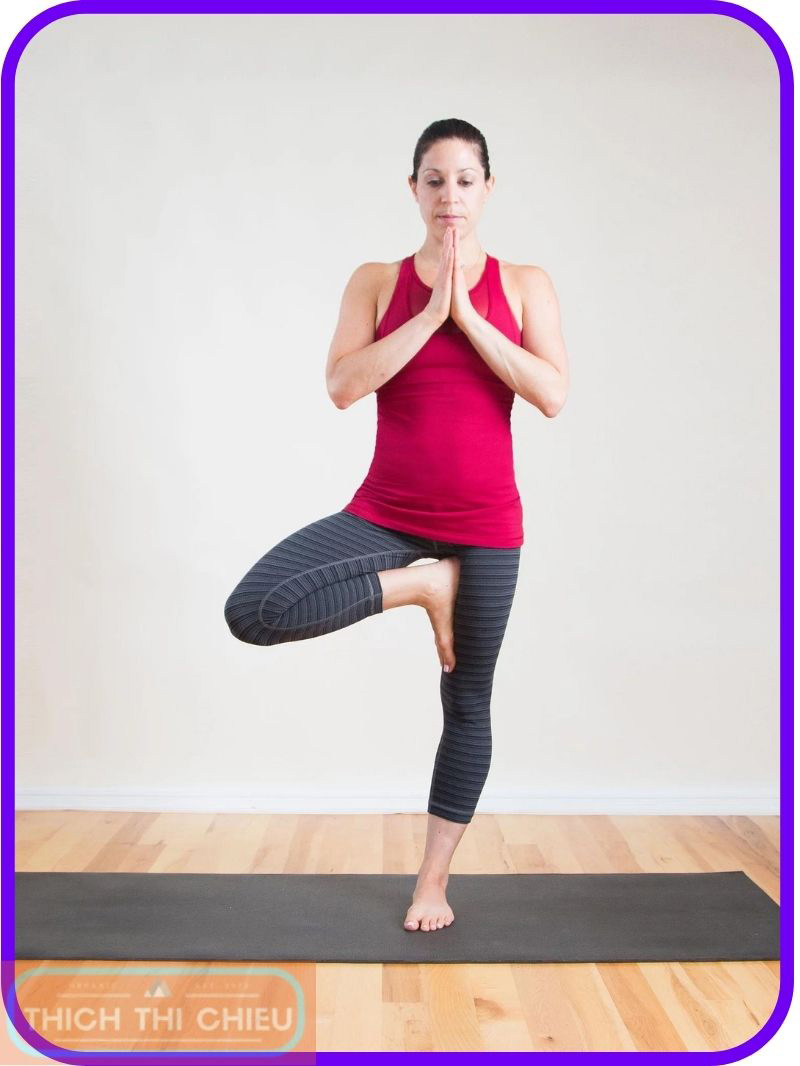
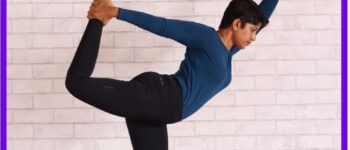
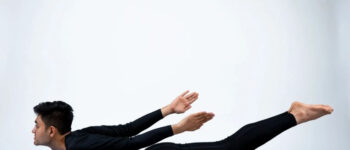



Leave a Reply